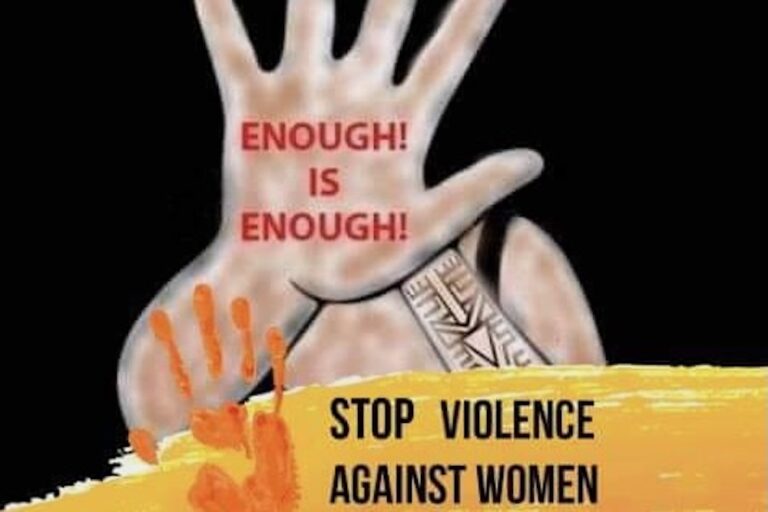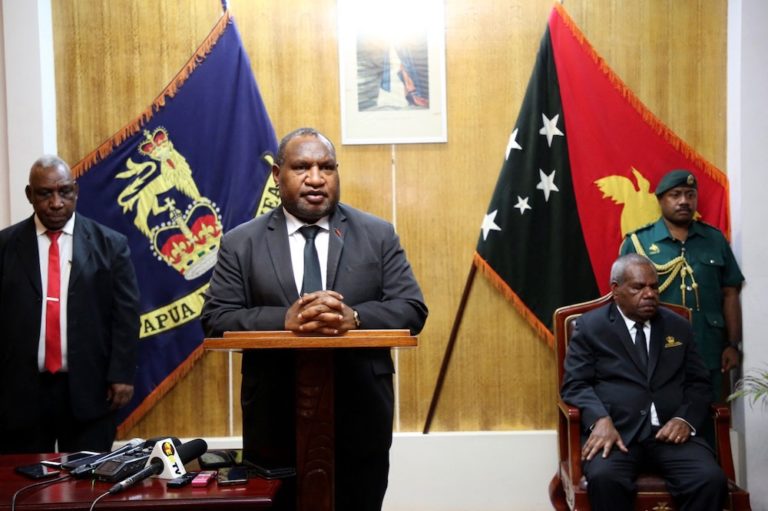(PINA/IFEX) – On 17 November 2000, Papua New Guinea Media Council Chairperson Peter Aitsi condemned increasing attacks on Papua New Guinea journalists. He spoke after trade unionists gathering in Port Moresby, the capital, to protest against government policies, turned on journalists covering their planned march to the parliament. On 16 November, Sai Nou, a cameraperson […]
(PINA/IFEX) – On 17 November 2000, Papua New Guinea Media Council Chairperson Peter Aitsi condemned increasing attacks on Papua New Guinea journalists. He spoke after trade unionists gathering in Port Moresby, the capital, to protest against government policies, turned on journalists
covering their planned march to the parliament.
On 16 November, Sai Nou, a cameraperson for the independent television station EMTV, needed four stitches to a head wound, after journalists were attacked and forced to flee by unionists claiming the media were biased. EMTV reporter Jacqueline Tarue suffered minor injuries and lost her glasses when she and Nou were caught by the mob. Nou was kicked and hit as he protected his camera.
Aitsi said the incident is an example of the alarming increase in attacks against media workers. He said the Media Council – which is an independent body run by the Papua New Guinea news media and a PINA national affiliate – reminded everyone that the media are there as the eyes and ears of the community. “Our media workers are just working men and women of PNG, they are simply there to do their jobs,” Aitsi said. “We have a difficult job … when we do not cover a story, we are criticised as being biased, and when we do, our people are intimidated and even attacked. The organisers of the rally must take responsibility for the actions of their supporters.”
The unionists are protesting against moves to privatise government-owned corporations and a scandal in the national provident fund which could reduce members’ retirement benefits.
Background Information
Papua New Guinea has one of the most developed, diverse and free news media in the Pacific Islands. It includes independent daily and weekly newspapers, government and independent radio stations and the independent national TV network.


